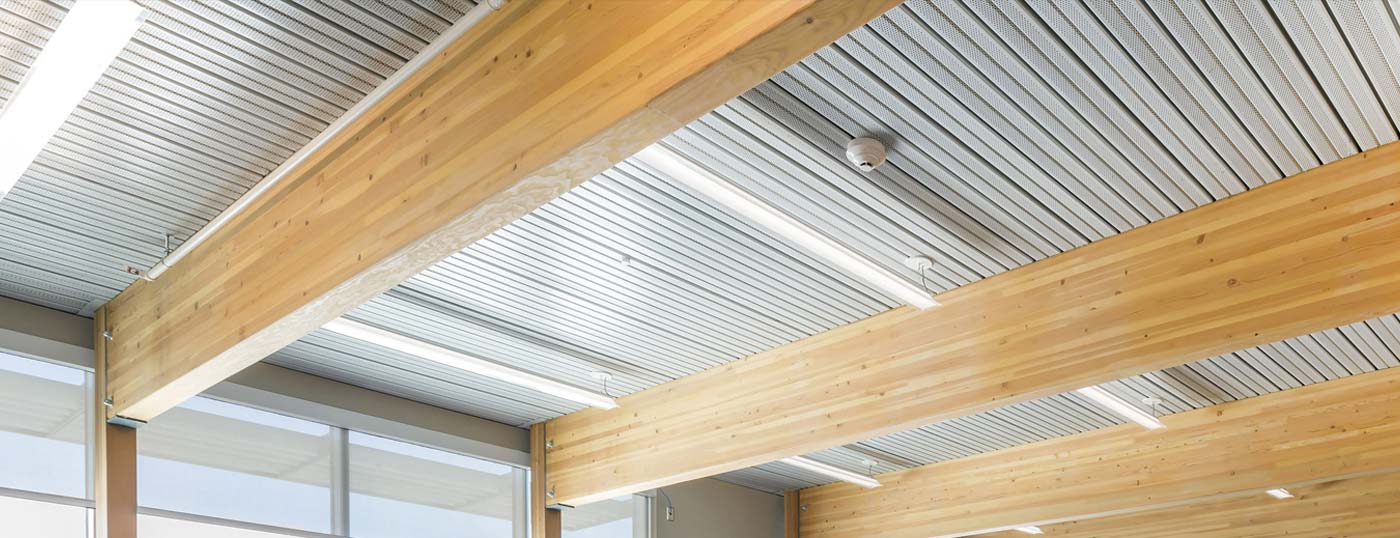
Photo courtesy of Project Frog, Inc.
The problem is best resolved in the structural design engineering phase, where long-span composite steel deck slabs are a proven solution.
Sound Transmission Class (STC) and Impact Insulation Class (IIC) standards are often applied to residential projects. Noise Reduction Coefficient (NRC) may also be referenced.
More municipalities now mandate minimum STC and IIC numbers due to repeated complaints in new construction. STC measures a floor’s ability to block sound from traveling through it, including voices and audio-visual noise. IIC measures a floor assembly’s ability to absorb impact sound, such as footsteps.
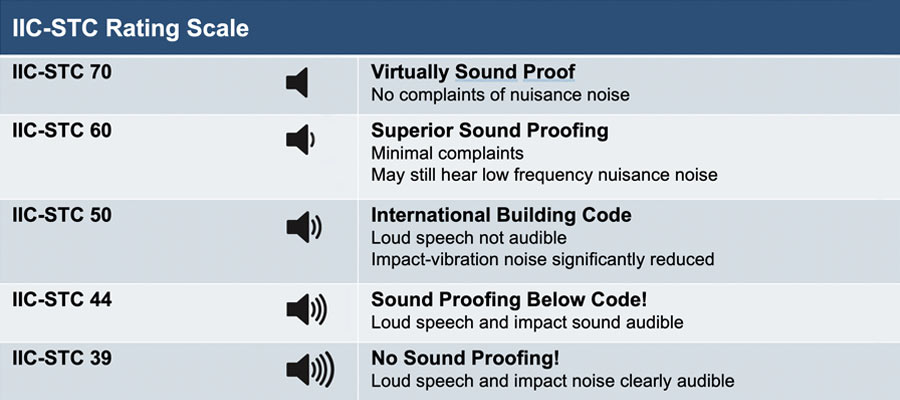
For multi-story residential construction, the International Building Code calls for an IIC-STC rating of 50. Thin-slab composite floors can be engineered to exceed this baseline.
The NRC rating for steel decking is not the same as STC or ICC. NRC is a measure of noise absorption from the space below the deck. NRC traditionally has been addressed using secondary ceiling systems such as acoustical drop ceilings. While secondary ceilings can mitigate ambient noise, this often becomes a network of grid systems. These types of systems require lateral bracing in seismic conditions. They also typically involve acoustical drop ceiling tiles, an approach that adds material, costs and an all-too-common ceiling aesthetic.
A proven alternative is an acoustical composite steel deck slab, which elegantly addresses the interrelated design objectives of structure, acoustics, aesthetics and related total cost. This system will readily answer STC and IIC requirements. This approach can also surpass the Federal Housing Administration acoustic class requirements for multi-story building design and construction. These requirements are based on STC ratings.

The Federal Housing Administration has established acoustic class requirements for multi-story building design and construction based on STC ratings. Versa-Dek® long-span composite acoustical deck from New Millennium surpasses this requirement, providing a space-saving 6-inch total floor depth with an STC field rating of 58.
A long-span composite floor system comprises three elements: long-span metal deck, steel reinforcement and a concrete slab. The basis for these longer spans initially lies within the long-span deck profiles, either a dovetail composite deck or a deep-ribbed composite deck.
The profile heights of dovetail composite deck are most commonly 2 inches and 3.5 inches while the profile heights of deep-ribbed composite deck are 4.5, 6 and 7.5 inches. A 3.5-inch dovetail composite deck can potentially reach a clear span of up to 28 feet. A 7.5-inch deep-ribbed composite deck can potentially reach up to a 36-foot clear floor span. For reference, standard composite floor deck comes in three common profile heights of 1.5, 2 and 3.5 inches, with a maximum clear span typically around 14 feet.
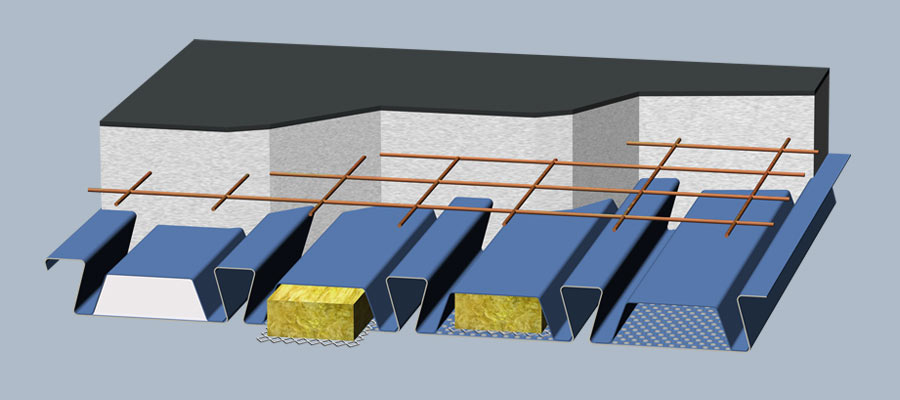
Noise reflection and impact absorption can substantially be addressed during the structural design stage by specifying a long-span composite steel deck slab. The thin-slab approach offers a range of profile depths and density options.
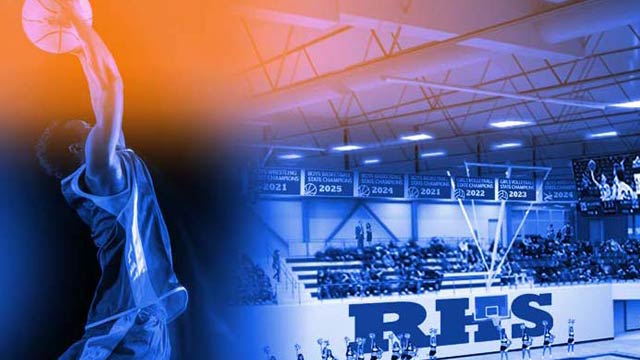
Cheering. Squeaking sneakers. Bouncing balls. A booming sound system. How to control acoustics was a tall challenge during design of Mountie Arena at Rogers High School. The winning solution was a long-span acoustic dovetail roof deck.
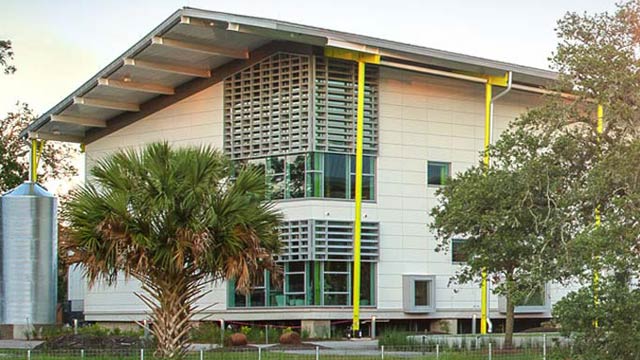
A children’s museum is a noisy place, as anyone who’s visited one knows well. Louisiana Children's Museum controls acoustics with a long-span dovetail roof deck that features sound-absorbing elements that increase its noise reduction coefficient to 1.05.
Building a better steel experience